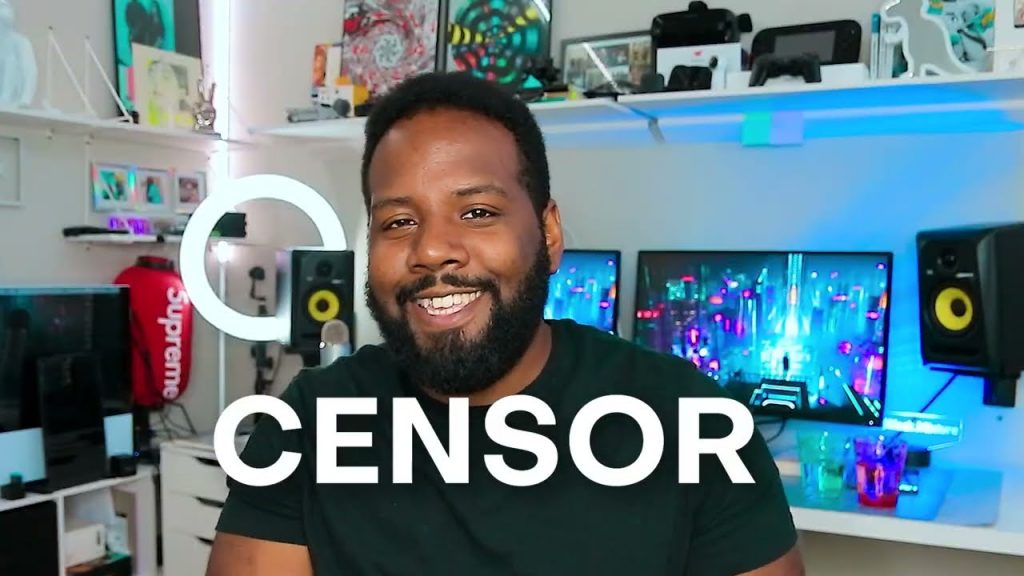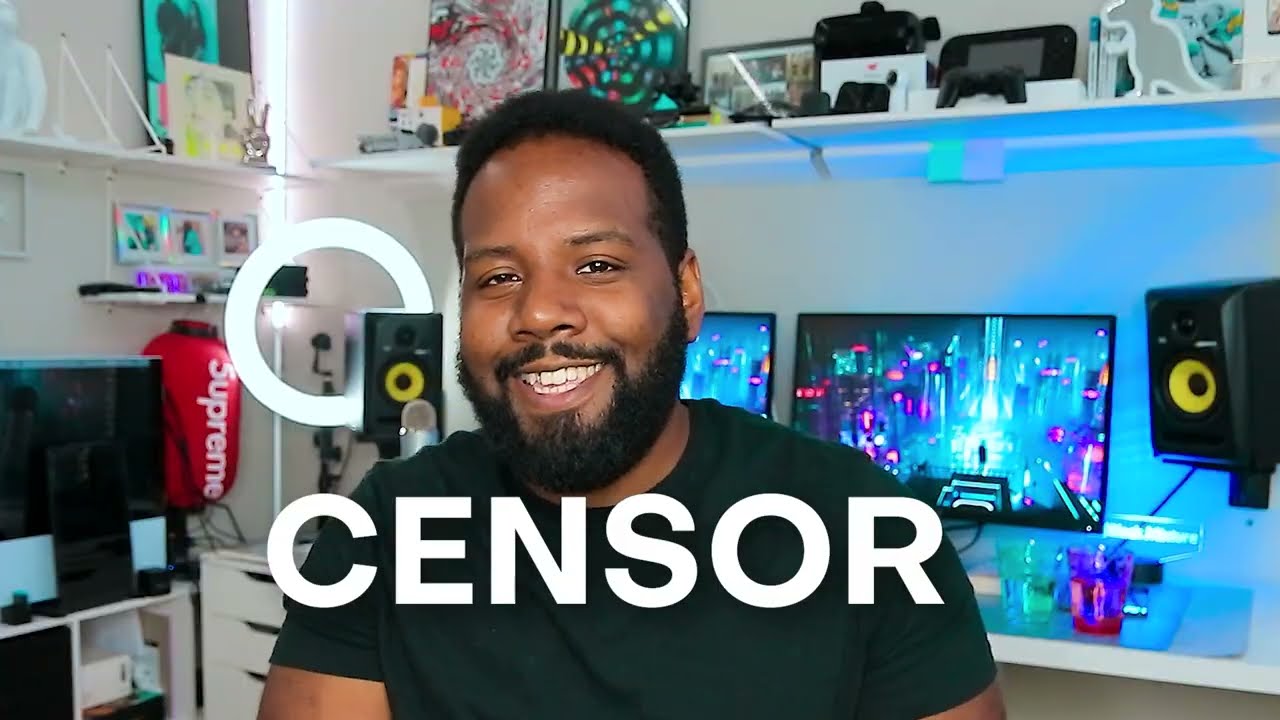

Are you fascinated by movies and TV shows with stunning visual effects? Do you want to learn how to create your own impressive VFX shots? If yes, then you’re in the right place! In this article, we’ll provide you with some helpful tips and tricks to get started with visual effects and take your skills to the next level.
What are Visual Effects?

Visual effects (VFX) are the digital manipulation of video or images to produce stunning and often realistic illusions. VFX are used in movies, TV shows, video games, and other media to create exciting and compelling visuals that wouldn’t be possible otherwise. Some common examples of VFX include explosions, flying superheroes, futuristic cityscapes, and more.
Pros and Cons of Learning Visual Effects

Before we dive into the world of VFX tutorials, let’s take a look at some pros and cons of learning visual effects:
Pros
- You can create eye-catching visuals to enhance your filmmaking, photography, or graphic design projects.
- You can turn your passion for digital arts into a rewarding career as a VFX artist, motion graphics designer, 3D animator, or video editor.
- You can express your creativity and imagination by bringing your ideas to life through visual effects.
- You can learn valuable skills that are in high demand in the entertainment industry.
Cons
- Learning VFX requires dedication, patience, and practice. It may take a while before you can produce professional-level results.
- VFX software and hardware can be expensive, especially if you’re just starting out.
- There is a lot of competition in the VFX industry, so it might be challenging to find work or stand out from the crowd.
How to Get Started with Visual Effects
Now that you know what VFX is and what to expect, let’s explore some tips on how to get started with visual effects:
1. Choose your VFX software
There are many VFX software options available in the market, each with its own strengths and weaknesses. Some of the most popular ones include:
- Adobe After Effects: a versatile software that allows you to create complex motion graphics, compositing, and animation.
- Blackmagic Fusion: a powerful node-based compositing software used by Hollywood studios for high-end VFX shots.
- Nuke: another node-based compositing software that’s widely used in the film and TV industry.
- Cinema 4D: a 3D modeling and animation software that’s great for creating realistic objects and environments.
You can choose one or more of these software programs based on your needs and budget.
2. Learn the basics of VFX
Before diving into complex VFX shots, it’s essential to understand the fundamentals of visual effects. This includes learning about color grading, keying, tracking, masking, and rotoscoping. There are many online tutorials and courses that cover these topics in detail, such as those offered by Lynda.com, Pluralsight, or Udemy.
3. Practice, practice, practice
The key to mastering visual effects is practice. Start with simple projects and gradually increase the complexity as you gain experience. You can find inspiration on websites like Vimeo, Behance, or ArtStation, where artists showcase their VFX work. Don’t be afraid to experiment and try new things.
Step-by-Step Tutorial: How to Create a Simple Explosion Effect in After Effects

Here’s a step-by-step tutorial on how to create a basic explosion effect using Adobe After Effects:
Step 1: Import your footage
Open After Effects and import the footage you want to work with. Drag it onto the New Composition button at the bottom of the Project window to create a new composition.
Step 2: Create a solid layer
Click on the New Layer button at the bottom of the Layers panel and choose Solid. Pick a color that contrasts with your footage, such as bright red or yellow. This layer will serve as the base for your explosion effect.
Step 3: Apply the Fractal Noise effect
With the solid layer selected, go to Effect > Noise & Grain > Fractal Noise. Adjust the settings to create a dynamic fractal pattern that simulates the explosion’s shockwave.
Step 4: Add a Glow effect
Go to Effect > Stylize > Glow and apply it to the solid layer. Adjust the settings to make the glow visible and spread out.
Step 5: Mask out the explosion
Create a new solid layer and use the Pen tool to draw a mask around the area where you want the explosion to appear. Then, precompose both solid layers into a single composition.
Step 6: Apply the Explosion effect
With the precomposed layer selected, go to Effect > Simulation > CC Particle World. Adjust the settings to create a burst of particles that resembles an explosion.### Step 7: Fine-tune the explosion
Adjust the Particle World settings to make the explosion look more realistic. For example, you can increase the particle size, change the direction of the particles, or add wind turbulence.
Step 8: Add sound effects
Finally, import a sound effect of an explosion and drag it onto your composition. Sync it with the timing of your explosion effect to create a convincing audio-visual experience.
Congratulations! You’ve created a simple explosion effect in Adobe After Effects.
Alternatives to VFX Software
If you’re just starting out with visual effects, or if you don’t have access to professional software, there are some alternatives you can try:
1. Blender
Blender is a free and open-source 3D modeling and animation software that can be used for creating VFX shots. Although it has a steep learning curve, Blender offers many advanced features that rival commercial VFX software.
2. HitFilm Express
HitFilm Express is a free video editing and compositing software that includes VFX tools such as particle effects, green screen keying, and color grading. It’s a great option for beginners who want to experiment with visual effects without spending too much money.
Tips for Creating Realistic Visual Effects
Here are some tips to help you create more realistic and convincing visual effects:
1. Reference real-life footage
When creating VFX shots, it’s essential to reference real-life footage to ensure accuracy and authenticity. For example, if you’re creating an explosion effect, study videos of real explosions to understand how they behave.
2. Pay attention to details
Details can make or break a VFX shot. Pay attention to small details such as shadows, reflections, and debris to make your effects look more realistic.
3. Use high-quality assets
Using high-quality assets such as textures, models, and sound effects can greatly improve the quality of your VFX shots. There are many websites that offer free or paid assets for VFX artists, such as TurboSquid, CGTrader, or AudioJungle.
The Best VFX Tutorials for Beginners
Here are some of the best VFX tutorials for beginners:
1. Video Copilot
Video Copilot is a popular website that offers free and paid VFX tutorials for After Effects and other software. Their tutorials cover a wide range of topics such as compositing, tracking, and motion graphics.
2. PixImperfect
PixImperfect is a YouTube channel run by Unmesh Dinda, who provides in-depth tutorials on Photoshop and After Effects. His tutorials cover various VFX techniques such as creating realistic shadows, reflections, and fire effects.
3. Andrew Kramer’s VFX Courses
Andrew Kramer is the founder of Video Copilot and a renowned VFX artist. He offers paid VFX courses that cover advanced topics such as 3D modeling, camera tracking, and visual effects for sci-fi films.
Conclusion
Visual effects can add a whole new dimension to your creative projects, whether you’re a filmmaker, photographer, or graphic designer. By following these tips and tutorials, you’ll be able to create stunning VFX shots that will impress your audience. Remember to practice, be patient, and never stop learning!
